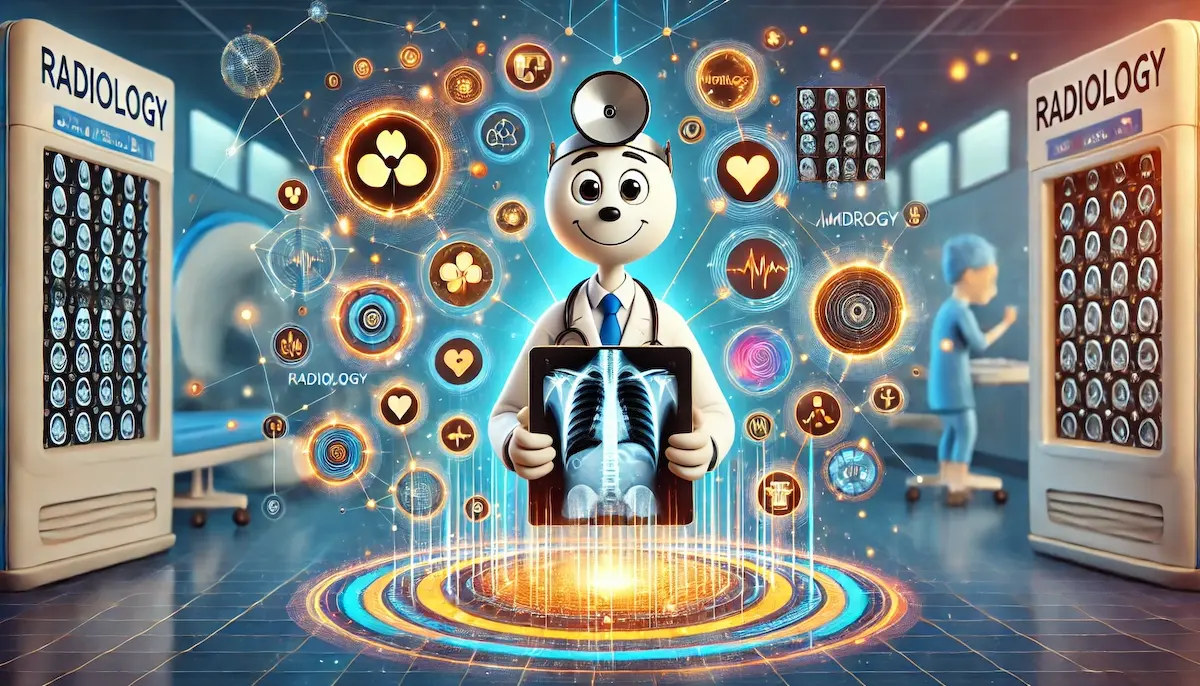Radiology is a medical specialty that focuses on diagnosing and treating diseases and injuries using medical imaging techniques. It plays a critical role in modern healthcare, providing doctors with the ability to see inside the human body without invasive procedures. Radiologists, the medical professionals who specialize in this field, use various imaging technologies to detect, monitor, and treat a wide range of conditions.
The History and Evolution of Radiology
Radiology began with the discovery of X-rays by Wilhelm Conrad Roentgen in 1895. This revolutionary finding allowed physicians to visualize the internal structures of the body, leading to significant advancements in medical diagnosis and treatment. Over the years, radiology has evolved with the development of new imaging technologies and techniques, transforming it into a multifaceted field that includes diagnostic radiology, interventional radiology, and radiation oncology.
Key Areas of Radiology
Diagnostic Radiology
Diagnostic radiology involves using imaging techniques to diagnose diseases and injuries. Radiologists interpret these images to identify abnormalities and provide crucial information for patient management. Common imaging modalities in diagnostic radiology include:
- X-rays: Used to visualize bones, detect fractures, and diagnose conditions like pneumonia.
- Computed Tomography (CT): Provides detailed cross-sectional images of the body, useful for diagnosing cancer, cardiovascular diseases, and internal injuries.
- Magnetic Resonance Imaging (MRI): Offers high-resolution images of soft tissues, aiding in the diagnosis of neurological disorders, joint problems, and more.
- Ultrasound: Uses sound waves to create real-time images, commonly used in obstetrics, cardiology, and abdominal imaging.
- Mammography: A specialized X-ray technique for early detection of breast cancer.
Interventional Radiology
Interventional radiology involves minimally invasive procedures performed using imaging guidance. These procedures can diagnose or treat various conditions, reducing the need for open surgery. Examples include:
- Angiography: Imaging of blood vessels to detect blockages or aneurysms.
- Balloon Angioplasty and Stenting: Opening narrowed blood vessels and placing stents to keep them open.
- Embolization: Blocking abnormal blood vessels to treat conditions like aneurysms or varicose veins.
- Biopsies: Using imaging to guide needle biopsies for tissue sampling.
Radiation Oncology
Radiation oncology focuses on using radiation therapy to treat cancer. Radiologists in this field, known as radiation oncologists, plan and deliver targeted radiation treatments to destroy cancer cells while minimizing damage to surrounding healthy tissue. Techniques include:
- External Beam Radiation Therapy: Directing radiation beams from outside the body to the tumor site.
- Brachytherapy: Placing radioactive sources inside or near the tumor.
- Stereotactic Radiosurgery: Delivering precise, high-dose radiation to small tumors, often in the brain.
The Impact of Radiology
Radiology has revolutionized medicine by enhancing the ability to diagnose and treat a wide range of conditions. Early and accurate diagnosis through imaging can significantly improve patient outcomes, enabling timely and effective treatment. Interventional radiology has also reduced the need for invasive surgeries, resulting in shorter recovery times and lower risks for patients.
Moreover, continuous advancements in imaging technology, such as the development of digital imaging, 3D imaging, and artificial intelligence, are further expanding the capabilities of radiology. These innovations are leading to more precise and personalized medical care, ultimately improving the overall quality of healthcare.
Blockfine thanks you for reading and hopes you found this article helpful.
